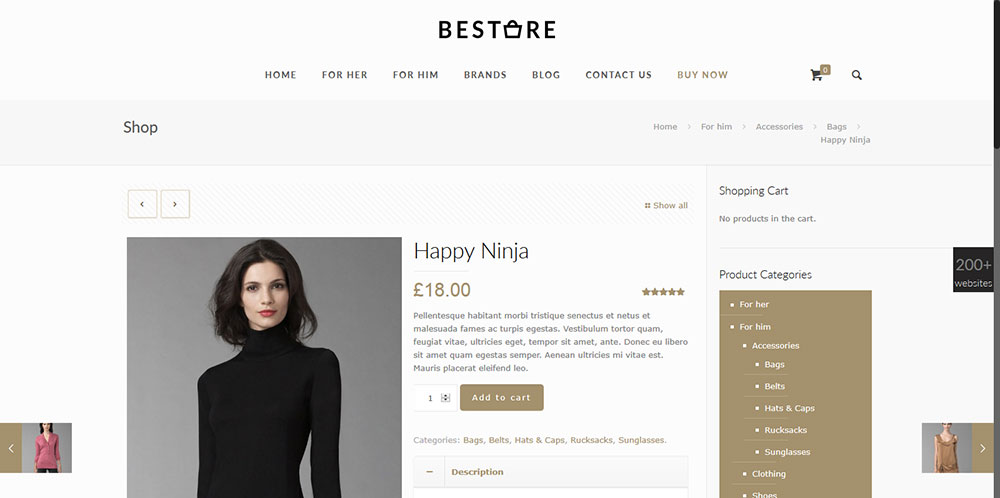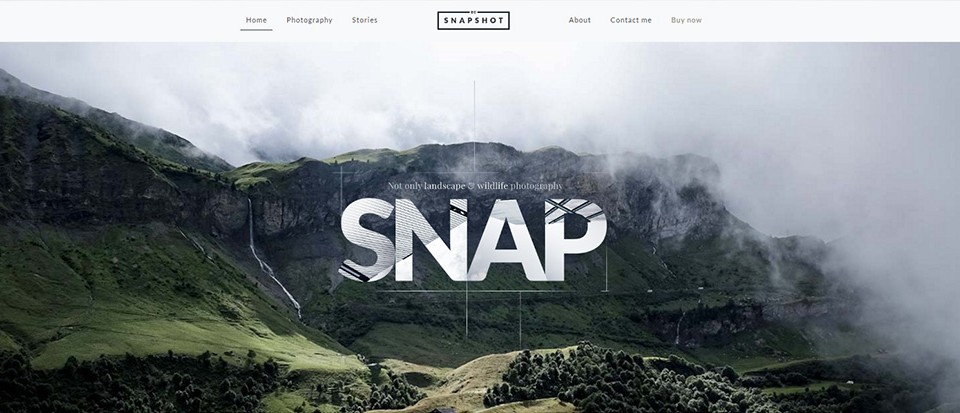
Trends in Pre-Built Websites: Parallax Scrolling
July 6, 2016
Why Should You Use a Premium WordPress Theme?
August 2, 2016When designing a website, a piece of advice you often receive is “know your audience”. On the surface, this is good advice, but it falls short. It may lead you to taking a “one-size-fits-all” approach, which appeals to the lowest common denominator, while essentially ignoring certain segments of your presumed audience – and perhaps most of them.
A better approach is to create website personas. Website personas are created by slicing your audience into different target demographic groups. It is these personas you need to address. There may be 2, or 3, or 5 of them, or 20.
You will have your work cut out for you, but a good way to address, and capture, these personas, is by using pre-built websites. With 210+ to choose from, you should have little trouble building great landing pages for 2,3, 5, or 20 different personas – or even more.
Why is the Web Design Persona Useful?
A recent study conducted by Gleanster Research indicates that a direct correlation exists between the time a prospect spends engaging on relevant content on a company website, and the likelihood those interactions will lead to a sale.
An example of a product page in a pre-built website.
This is where the web design persona comes in. A persona is a fictional representation of an ideal customer and is based on real data about customer demographics, preferences, and online behavior. A question this fictional customer is going to ask, and one you have to answer is – “What’s in it for me?” When applied correctly, a persona is an awesome design tool.
With this in mind, let’s look at three different persona types.
- Marketing personas focus on demographic information. They are good for determining what types of customers will be responsive to specific products or product types. They are interested the potential ROI of a product; not how it works or how it will be used.
- Proto personas are based on secondary research and or educated guesses as opposed to hard data. A proto persona is not your best choice of a design tool, but it is better than no persona at all.
- A design persona focuses on user goals, objectives, and behavior. To create a design persona requires field research and interviewing real people. Design personas are helpful in communicating research insights into user goals, user types, and presenting products or services that fit.
Every niche has its specifics – which is why creating an in-depth persona is key.
It’s critical that web design personas be shared with the entire design team to avoid the following:
- Teams design to “elastic” users.
- Team member’s opinions vary on who exactly the customer is.
- Priorities are not established.
- Features are included that will never be used.
Personas and Scenarios
A minimum of two personas is needed in the design process to connect the end product to the user. Personas, as important as they are, only account for half of the solution. The other half is the scenario. Designers therefore must not only create and rely upon personas, they need to learn to create great scenarios as well, and apply them throughout the UX journey.
First, you want to give each scenario a name. “Persona #HY47P”, or “Elderly Person”, won’t cut it. Give a persona a name that team members can relate to, and will think of as being a typical user. Give the persona a job title or vocation, and add a few personal details, such as goals, fears, and expectations. The more true-to-life you can make a persona, the more powerful that persona will be as a design tool.
What about scenarios? A scenario is based on the characteristics of your persona, and describes actions the persona is most apt to take while visiting your website. When a user comes to your website with a goal in mind, and you think you know what that goal will be, your scenario lays out what that user is most likely to be interested in, and what actions he or she will take.
To create a user scenario, take these into account:
- Persona’s environment – Is the persona visiting your website from home, an office, or a coffee shop?
- Persona’s mentality – What might the persona be feeling like that causes a visit to your site?
- Impetus and Motivations – Somewhat related to mentality, but the persona is now on your website. For what purpose?
- External Factors Impacting Use – These may be hard to pinpoint, but identifying scenarios leading to a UX design that is impervious to outside distractions is a thought.
If defining scenarios appears to be a somewhat subjective exercise at times, remember what you are trying to accomplish. You are trying to add more realism, and some elasticity, to your personas.
If you want to create the persona more accurately, you should outreach to your visitors and find out details about them directly.
As a result of going through these exercises, you should find it a great deal easier to handle all of your web design task, especially with the help of pre-built websites for your landing pages. When you examine these pre-built websites in detail, you can see that the professionals who created them had specific personas and scenarios in mind.






